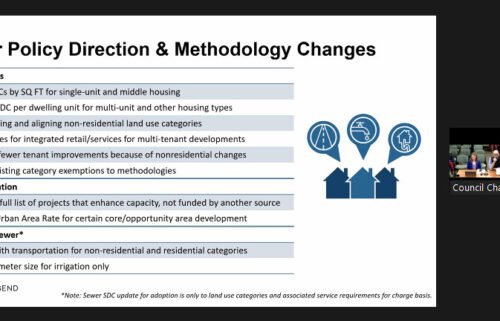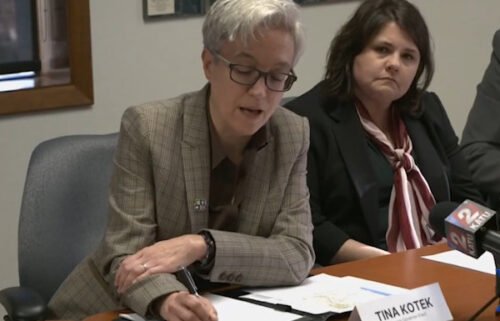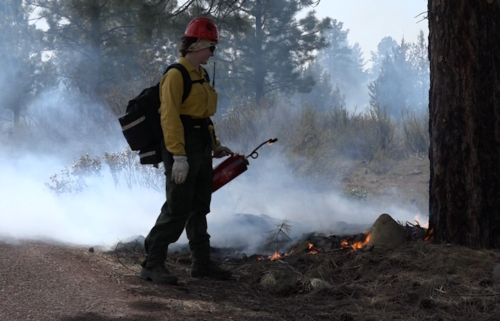Study: Lack of low-intensity fires fueling NW infernos

While the Northwest has seen massive infernos in recent years, a new report shows its forests actually are experiencing a historical deficit of fires. That deficit could be fueling recent, dangerous wildfire seasons.
The study showed only a tenth of forest acreage in Oregon and Washington burned between 1984 and 2015, compared with a century earlier. However, 36% of those fires were high-severity, compared with about 6% – 9% historically.
Ryan Haugo, the study’s lead author and conservation science director at The Nature Conservancy in Oregon, said with the added pressure of climate change, the need to better manage forests is urgent.
“We need to look for opportunities in which we can have the fire that is going to occur burn at times and under conditions which are both safer to our communities, safer to our health, and more able to restore and replicate the natural ecological processes,” Haugo said.
Known as The Missing Fire study, it was conducted by The Nature Conservancy, U.S. Forest Service and University of Idaho.
Haugo said in the past, low- and medium-intensity fires were able to clear some of the fuel for the big wildfires we see now. He said the study isn’t advocating a return to historical numbers, which could be dangerous to communities and also because many fire-resistant trees are missing from forests due to past management decisions.
Paul Hessburg is a research landscape ecologist at the U.S. Forest Service’s Pacific Northwest Research Station. He said thinning forests of the fuel that drives massive blazes is a key strategy his agency is using in this fight. They’re also focused on using prescribed and managed fires to restore fire’s natural place in the ecology when they can.
“Fighting bad fire with better fire is really what we need to be doing,” Hessburg said. “And we have the best advantage when our treatments are proactive, when we have a better window of opportunity, rather than reactive when that window is small.”
The study found the fire deficit is worse in Eastern Oregon and Washington, where only 3 percent of the historical acreage has burned.



